Do I really need ventilation?
With all different types of ventilation what kind should you have. Well the answer isn't always as cut and dry as you may think, what may work for your house may not work for your neighbors. Overhangs with correct intake ventilation works best with ridge vent, but you want to make sure that you have a 50/50 ratio of intake vs exhaust. If you do not have over hangs, the only way to have a ridge vent work correctly is to install a intake at the eave (by the gutter) of your house. There are a couple different types of "intake ventilation" available, vented gutter apron could be installed but could also allow ice dams to enter. Another option would be Edge Vent which could be installed either at the very edge of your roof near the eave, or at the end of the ice and water shield which is usually 3 foot from the eave. Installing the Edge Vent at the top of the ice and water shield will prevent the chance of ice dams from entering threw the vent, and is the preferred install for Pittsburgh's climate zone. Another type of ventilation is an attic fan, installed on the rear of the house 2 foot down from the ridge. This will allow the fan to pull air in from the gable vents on a gable roof , or the soffit on a hipped roof. With an attic fan you must ensure that the fan cannot pull any air from your living space into the attic, so inspecting the steps or ladder you use to enter your attic is crucial. If your allowing the heat of your house to enter the cold area of the attic in the winter time you could create an area where cold air is meeting warm air. That will obviously create condensation, and you will see frost your attic.

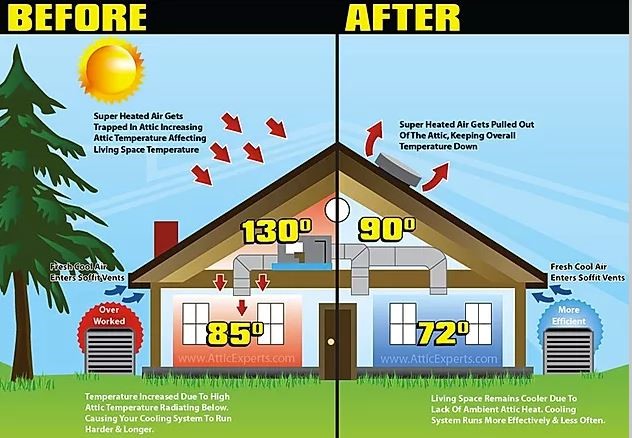
So to answer the question, YES you need ventilation on a house that doesn't have spray foam insulation. Make sure your Pittsburgh roofing company is going over the best option for your house and not just what they do on everyones house.
Subscribe to EAS Roofing's Blog


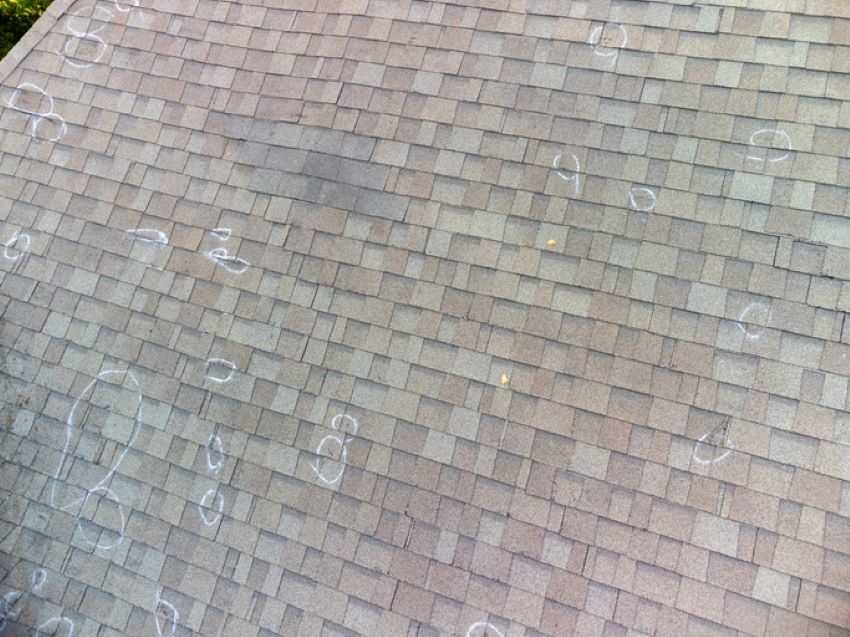
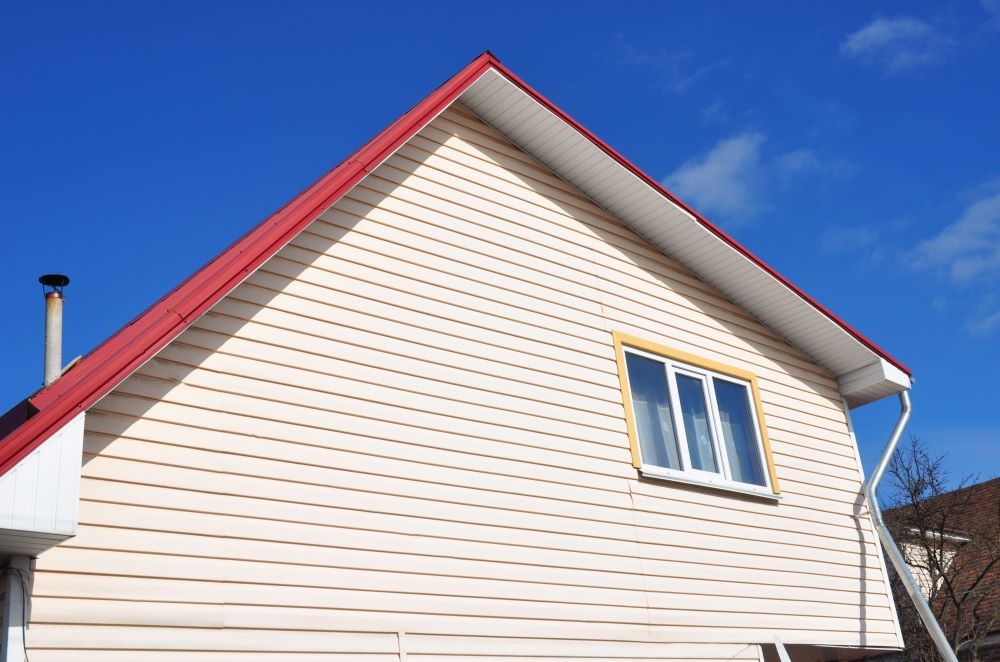
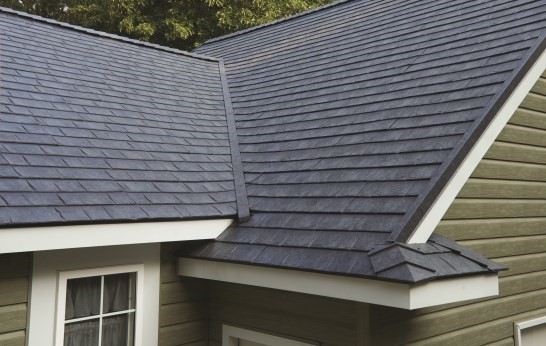

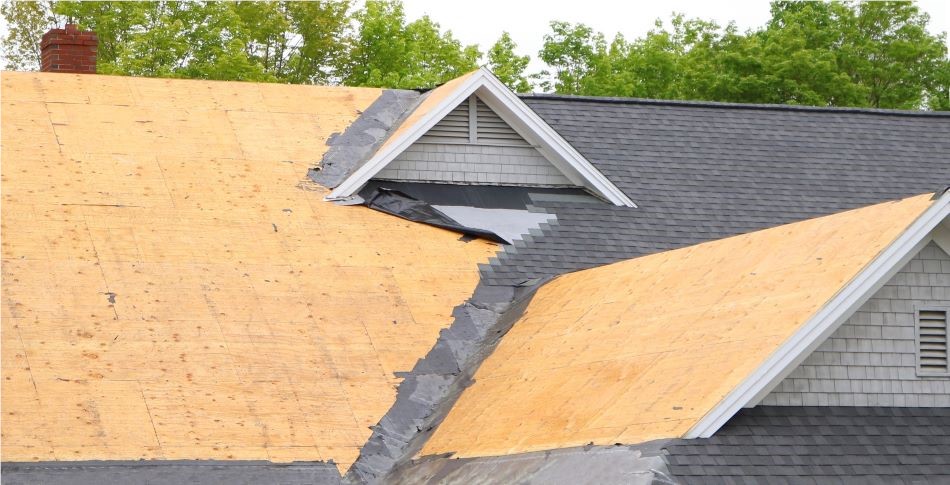

Comments